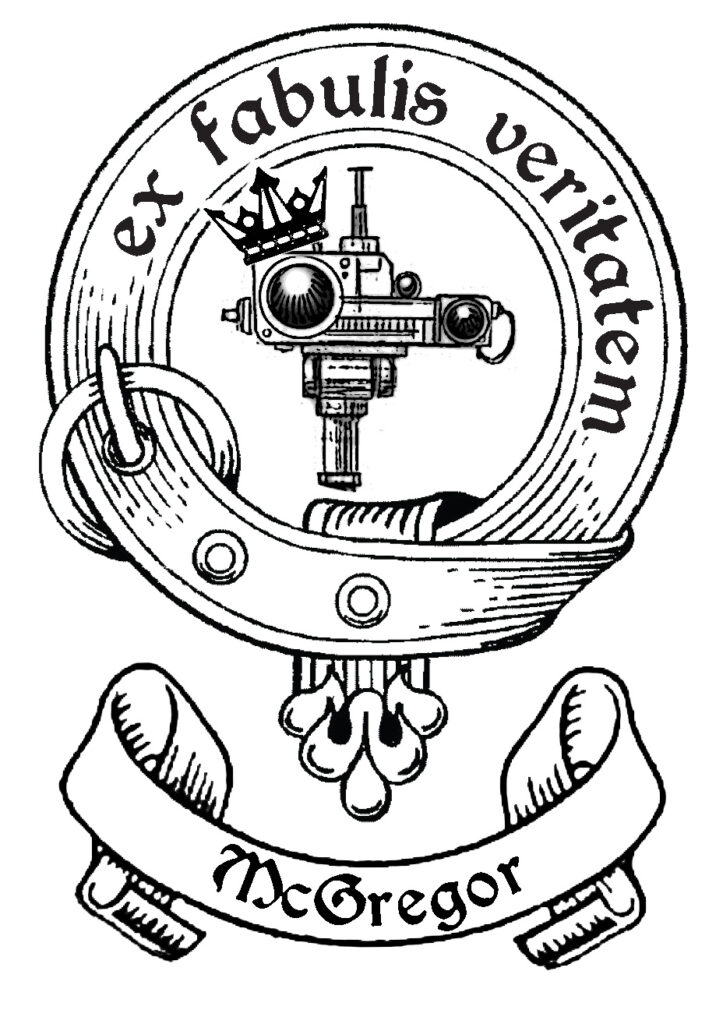
As a professional at the nexus of nature, robotics, and technology, I’ve seen the incredible synergy between art and science. These two fields, often viewed separately, are in fact deeply interconnected in driving humanitarian and scientific progress.
🌿 Nature-Inspired Robotics: Drawing from nature’s designs, my work focuses on creating robotic systems that are efficient, sustainable, and human-centric. This approach is not just about advancing technology, but also about respecting and preserving our natural world.
🎨 Artistic Perspective in Science: Art offers a unique lens to visualize complex scientific concepts, making them more accessible and engaging. This fusion pushes the boundaries of innovation, from environmental conservation to medical advancements.
🤝 Collaboration for Change: The collaboration between artists and scientists is key to addressing global challenges like climate change and healthcare. By merging creativity with technology, we can develop solutions that are empathetic and effective.
🌍 As we embrace this interdisciplinary approach, the possibilities for creating a sustainable, human-focused future are limitless. Let’s continue to nurture this collaboration for a better world.
Using a combination of robotics technology and wearable computing for specially trained rats, we have devised a new way to map land mine fields.
Robotics as Philosophy
Robotics, often viewed through the lens of technology and engineering, also profoundly intersects with philosophy. This intersection explores fundamental questions about the nature of intelligence, consciousness, and the essence of being. By creating machines that mimic or exceed human capabilities, robotics challenges our understanding of what it means to be alive and to think. It prompts us to reevaluate the boundaries between organic and artificial life, and to contemplate the ethical implications of creating autonomous beings. Moreover, robotics as philosophy urges us to consider our responsibilities in shaping a future where human and machine coexist, potentially blurring the lines between creator and creation. This field doesn’t just engineer machines; it engineers thought, ethics, and our understanding of existence itself.
Related Projects
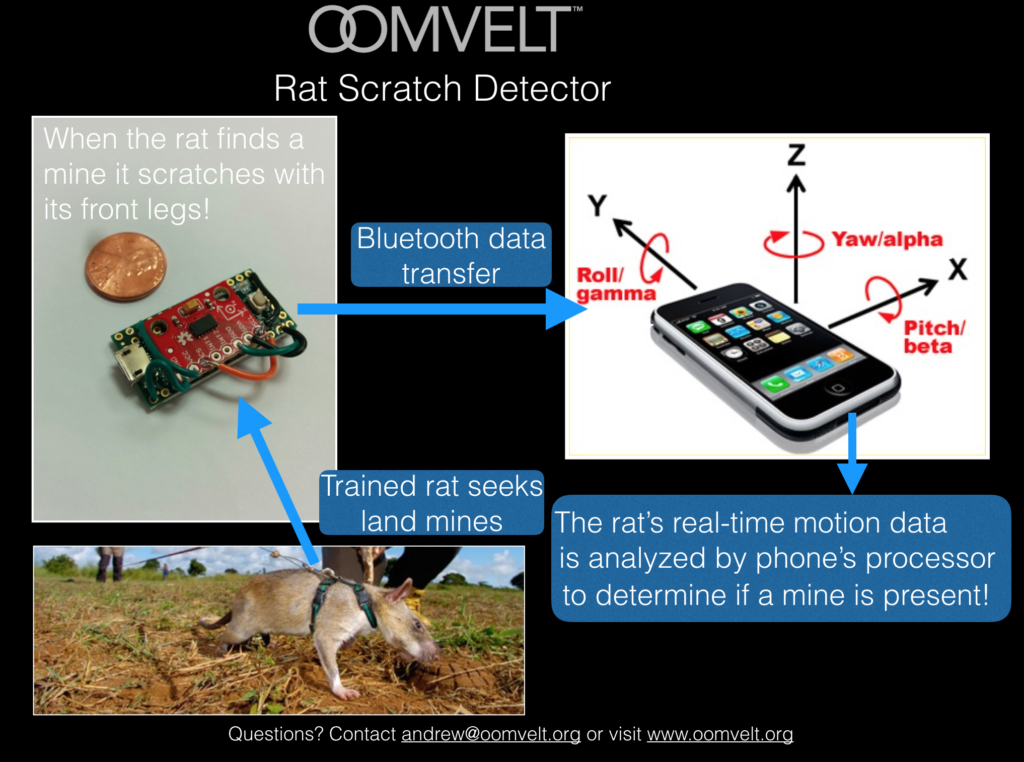
Oomvelt Research
Using a combination of robotics technology and wearable computing for specially trained rats, we have devised a new way to map land mine fields.
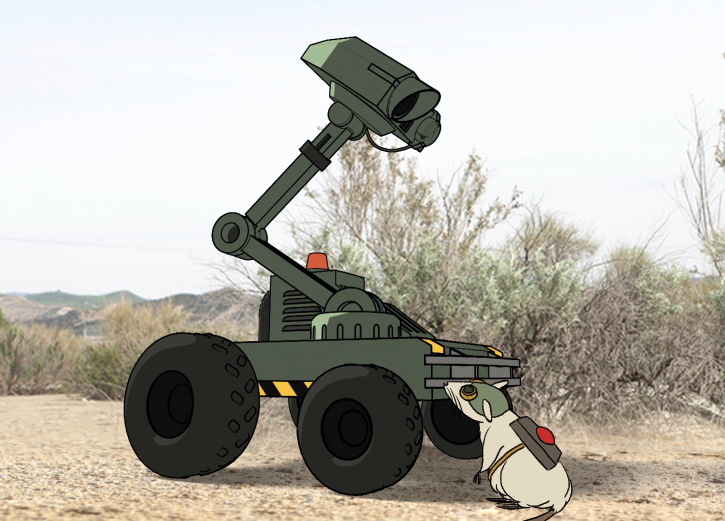
Where the Robot Things Are
“Where the Robot Things Are” is a love story between a rat and a robot who bond after they are sent to find a path through a landmine field to save a group of people who have gone mad after becoming trapped there and running out of water.
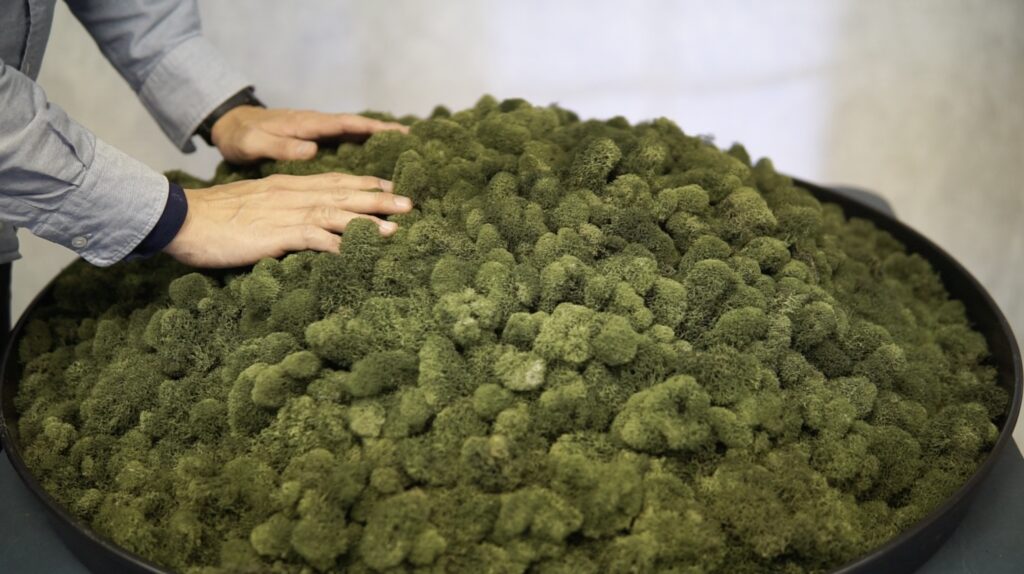
Natura Machina: Teenage Meadow
Teenage Meadow symbiotically combines plants and robotics in a harmonious relationship as part of a long-term goal of creating art that is simultaneously a new life form that can exist in nature.
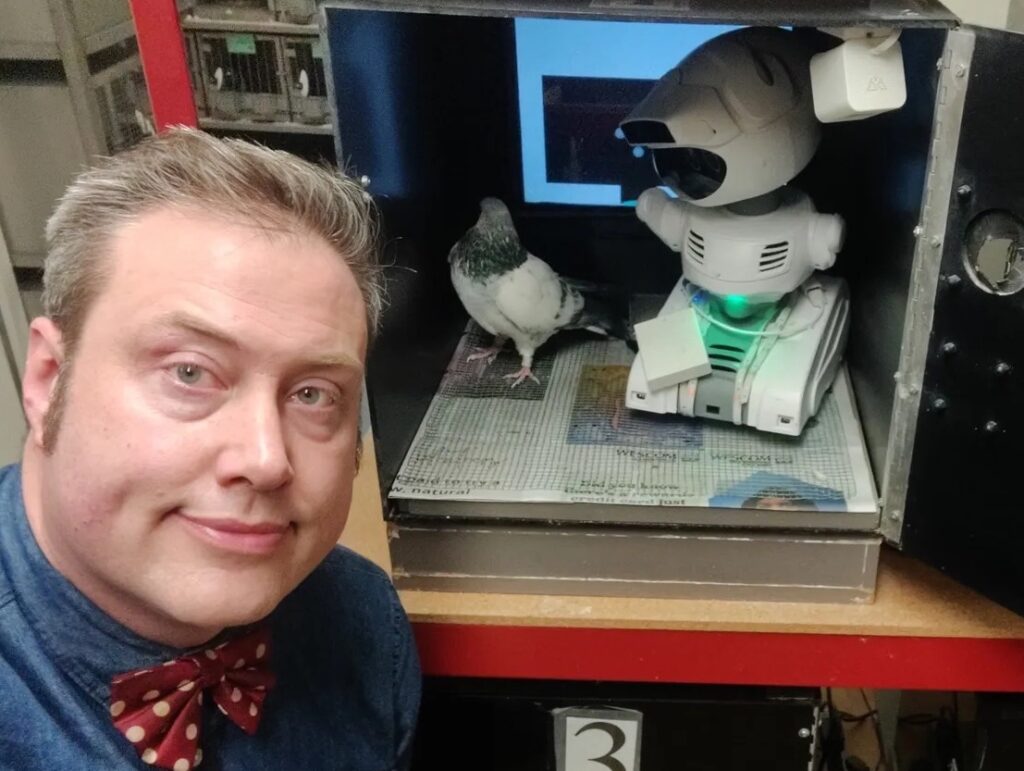
Pigeons and Robots
The goal of the project is to ascertain whether pigeons can teleoperate a robot through a labyrinth from a first-person perspective and then if they can extrapolate that mental map to guide the robot from a bird’s eye view.
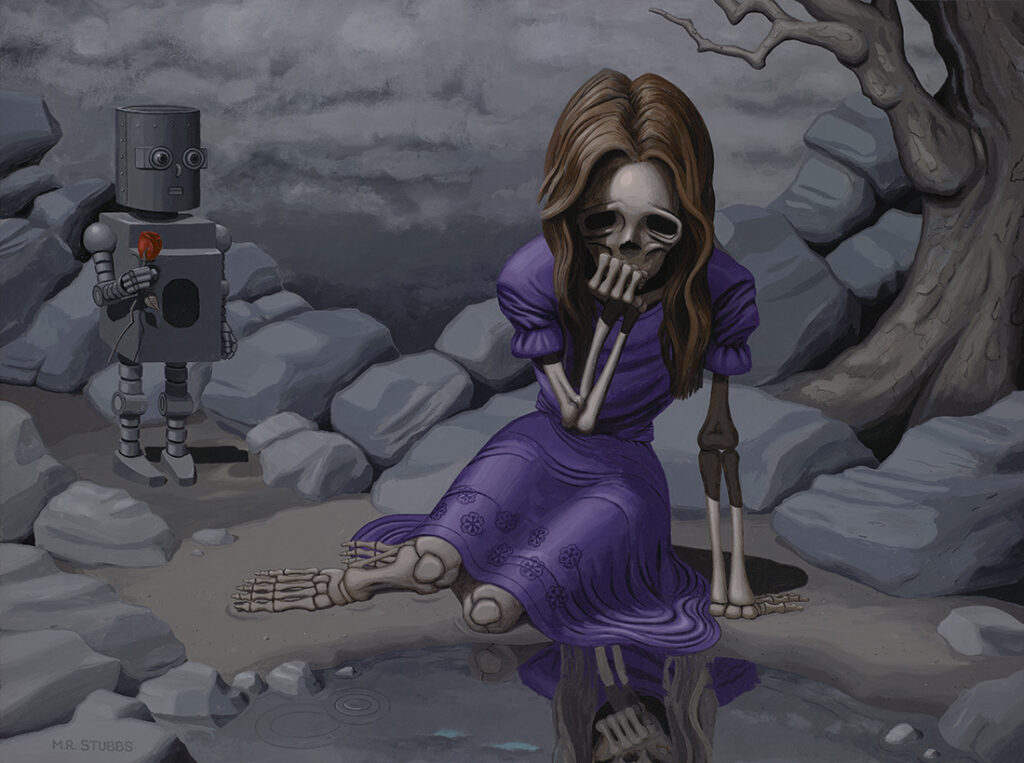
‘Robot Zoo?’ The Art Show
Every iteration of the exhibit has featured traditional fine art with robot subjects and robots that are themselves works of art. This cross-pollination of mediums, philosophies, and technologies has resulted in a unique and vibrant community of scientists, artists, and inventors participating in the show.
